Woodworking is one of the oldest crafts known to humanity, blending creativity, precision, and functionality. From ancient furniture making to modern-day carpentry, woodworking has evolved into a wide range of practices and specializations. Understanding the types of woodworking not only helps beginners choose the right path but also allows professionals to refine their skills and explore new techniques.
In this article, we’ll explore the different types of woodworking, their applications, and why mastering them is essential for anyone passionate about working with wood.
Popular Types of woodworking techniques
1. Carpentry
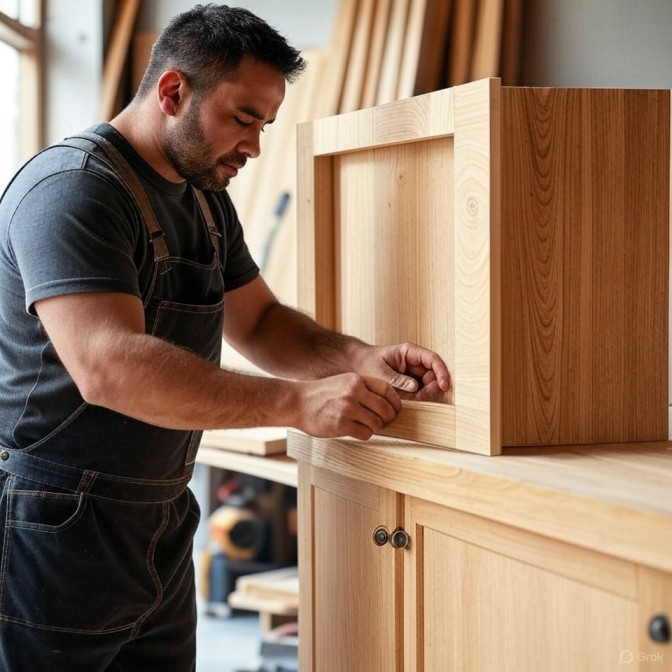
Carpentry is the most common and practical form of woodworking. It involves constructing, repairing, and installing wooden structures such as houses, cabinets, and furniture.
Key Features:
- Involves framing, structural work, and finishing.
- Uses both hand tools and power tools.
- Focuses on durability and functionality.
Applications: House framing, doors, windows, flooring, cabinets, and shelving.
2. Cabinetmaking

Cabinetmaking is a specialized branch of woodworking that focuses on building high-quality cabinets, wardrobes, and custom storage solutions. It requires a fine balance of craftsmanship and precision.
Key Features:
- Demands attention to detail and finishing.
- Often combines traditional joinery with modern hardware.
- Involves veneering and decorative elements.
Applications: Kitchen cabinets, custom wardrobes, entertainment units, and office furniture.
3. Wood Carving
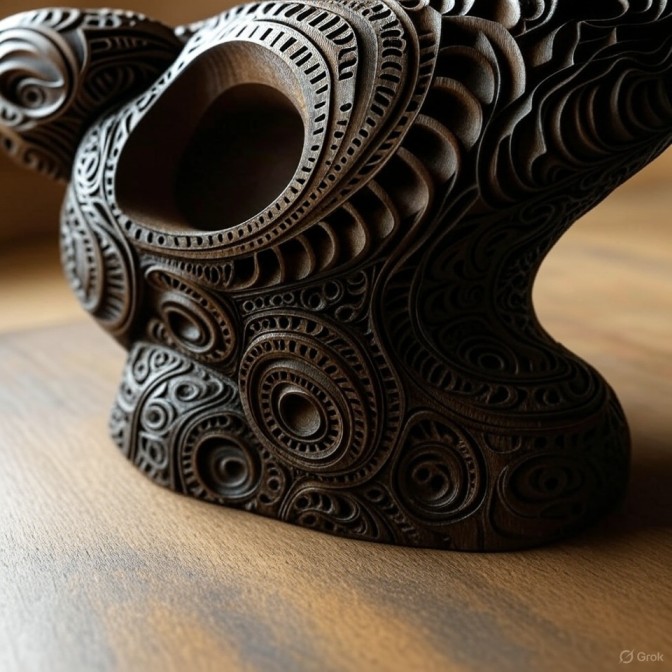
Wood carving is considered an artistic form of woodworking, where wood is shaped into decorative objects, sculptures, and intricate patterns.
Key Features:
- Requires chisels, gouges, knives, and mallets.
- Involves relief carving, chip carving, and whittling.
- Focuses on creativity and design.
Applications: Sculptures, decorative panels, religious art, and ornamental furniture.
4. Woodturning
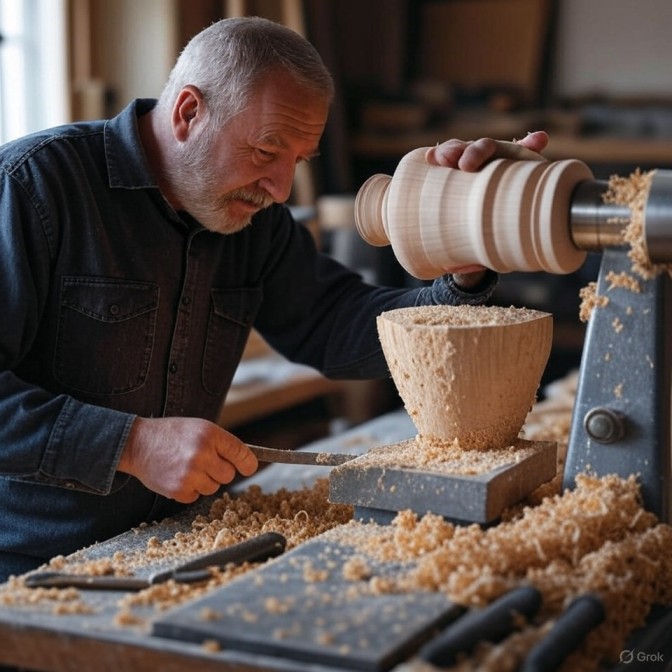
Woodturning is a unique type of woodworking that uses a lathe to rotate the wood while shaping it with cutting tools.
Key Features:
- Creates symmetrical, rounded objects.
- Demands precision and control.
- Allows creative designs with patterns and textures.
Applications: Bowls, vases, chair legs, handles, and decorative spindles.
5. Joinery
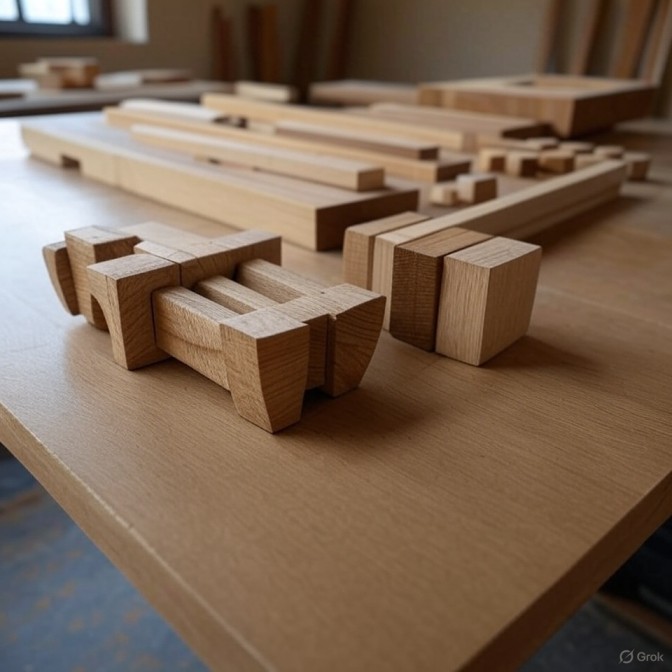
Joinery is the art of connecting wooden pieces together without nails or screws, relying on joints like dovetails, mortise-and-tenon, and finger joints.
Key Features:
- Focuses on strength and durability of joints.
- Requires high craftsmanship and accuracy.
- Often paired with carpentry and cabinetmaking.
Applications: Doors, windows, frames, cabinets, and fine furniture.
6. Marquetry and Inlay Work
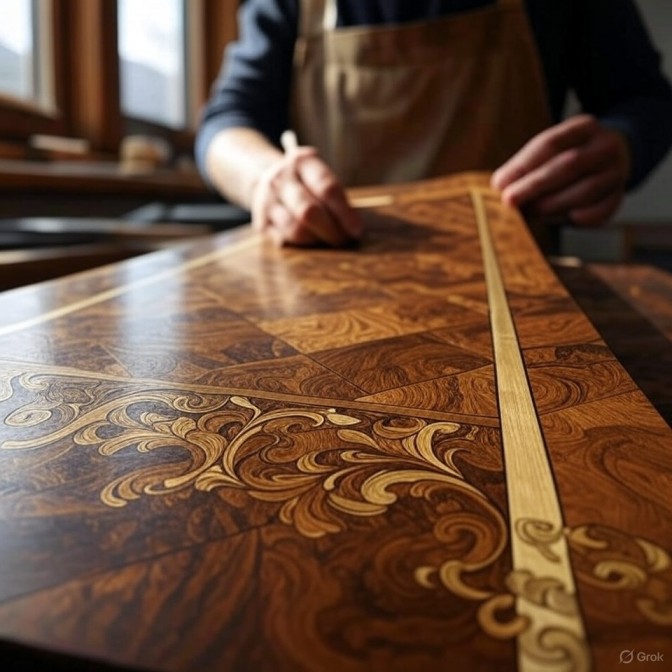
Marquetry and inlay involve embedding decorative designs into the surface of wooden objects using contrasting woods or materials such as ivory, brass, or shell.
Key Features:
- Artistic and decorative.
- Requires precision cutting and fitting.
- Adds aesthetic value to furniture.
Applications: Luxury furniture, musical instruments, wall panels, and flooring.
7. Wood Finishing
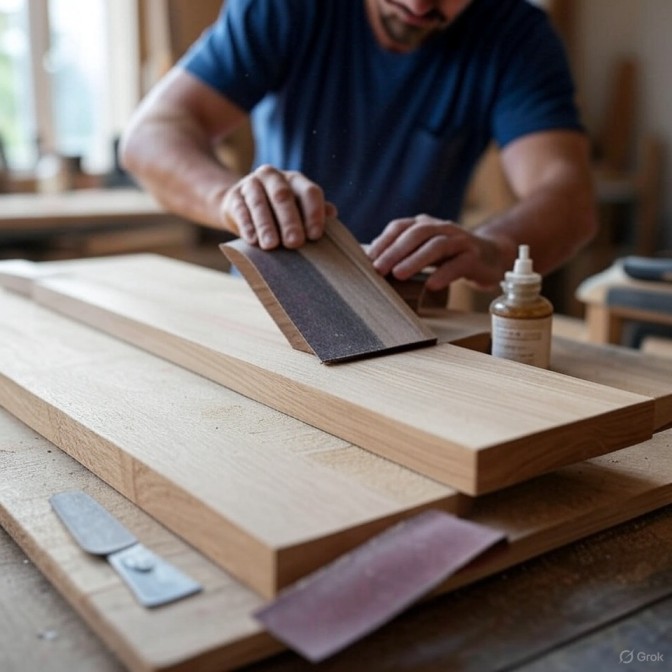
Wood finishing focuses on enhancing the appearance and durability of wooden items. It involves sanding, staining, varnishing, and polishing.
Key Features:
- Protects wood from moisture, pests, and wear.
- Enhances natural grain and color.
- Can achieve matte, glossy, or textured finishes.
Applications: Furniture, flooring, cabinetry, and outdoor wooden structures.
8. Furniture Making
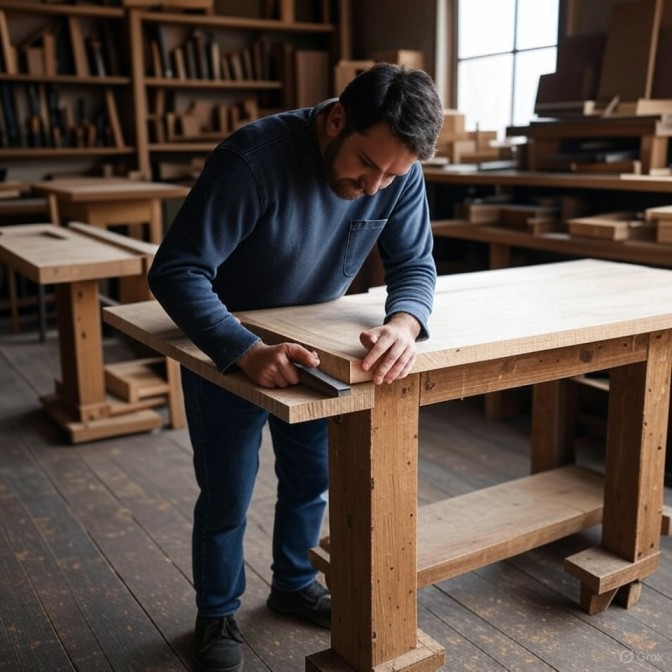
Furniture making combines multiple woodworking techniques to create functional and stylish pieces. It requires a blend of creativity, design knowledge, and technical skill.
Key Features:
- Involves design, joinery, carving, and finishing.
- Focuses on comfort, style, and utility.
- Can be traditional or modern.
Applications: Tables, chairs, beds, sofas, and office furniture.
9. Luthiery (Musical Instrument Making)
Luthiery is the specialized craft of making stringed instruments like guitars, violins, and pianos.
Key Features:
- Requires deep understanding of acoustics and wood selection.
- Demands high precision and fine finishing.
- Combines artistry with functionality.
Applications: Guitars, violins, pianos, harps, and ukuleles.
10. Architectural Woodworking
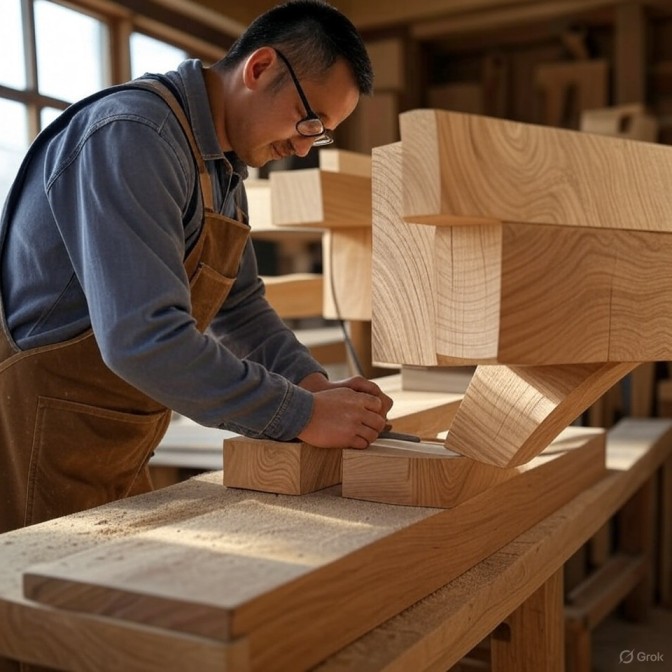
This type of woodworking deals with creating wooden elements for buildings and interiors, often on a large scale.
Key Features:
- Involves both structural and decorative work.
- Uses advanced joinery and design.
- Adds aesthetic appeal to architecture.
Applications: Staircases, moldings, wall panels, doors, and custom interiors.
Conclusion
The world of woodworking is vast and diverse, offering opportunities for both practical construction and artistic expression. Whether you’re drawn to carpentry, carving, furniture making, or fine marquetry, each type of woodworking has its unique challenges and rewards.
For businesses and professionals, choosing the right woodworking techniques can help produce high-quality, sustainable, and marketable wooden products. Companies like AtoZ Wood Company emphasize sustainable timber supply to support global woodworkers in every domain—ensuring access to premium raw materials while preserving the environment.
 +237 681 25 6934
+237 681 25 6934





